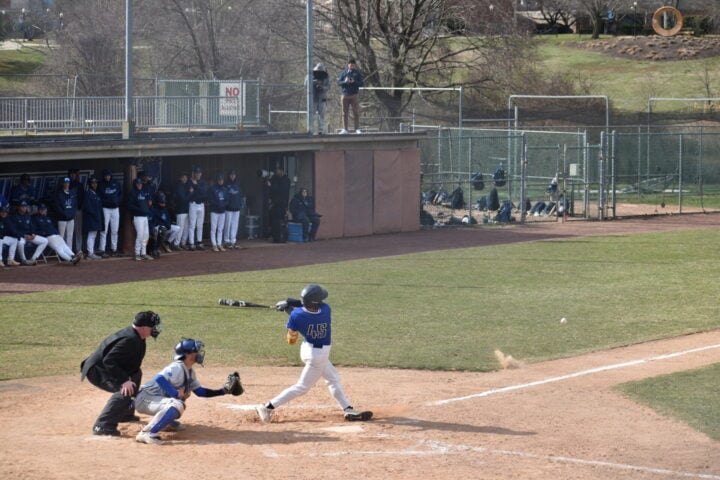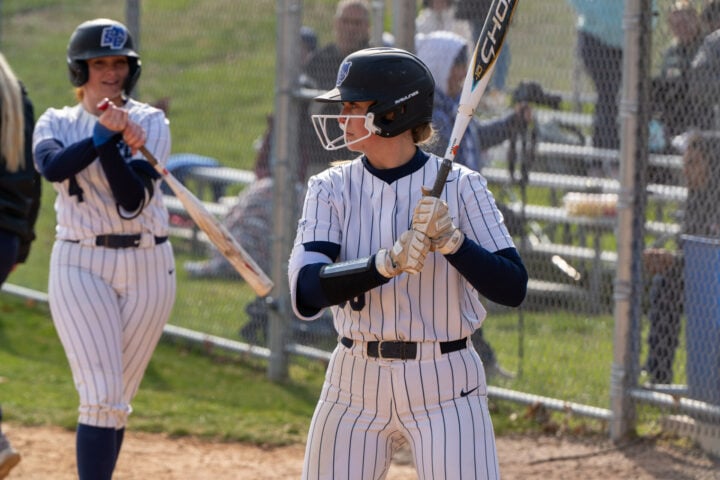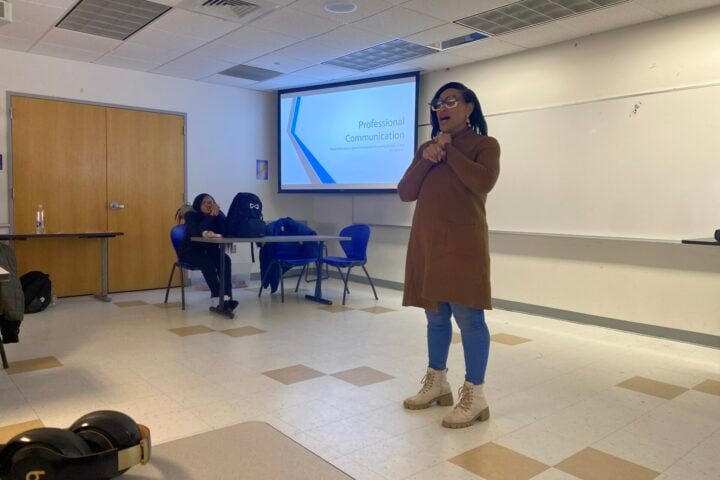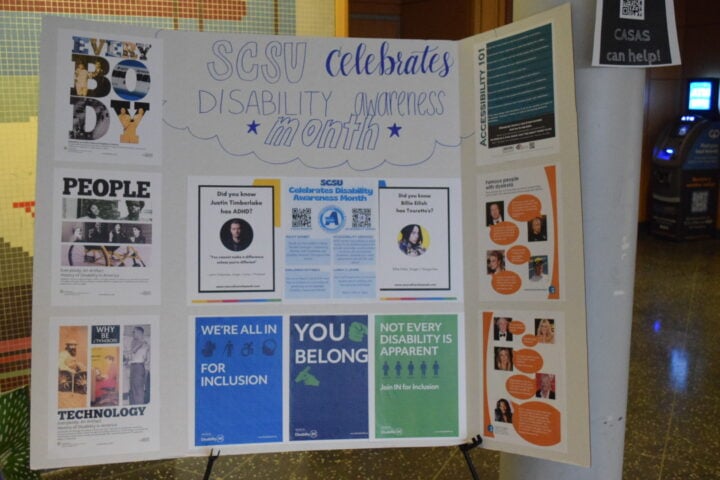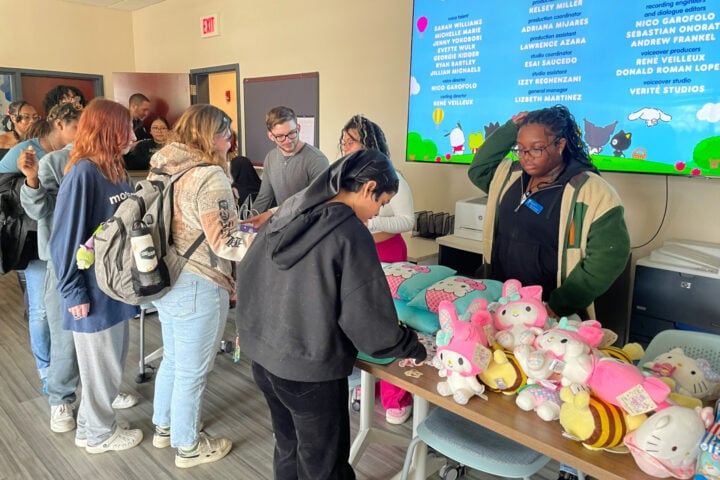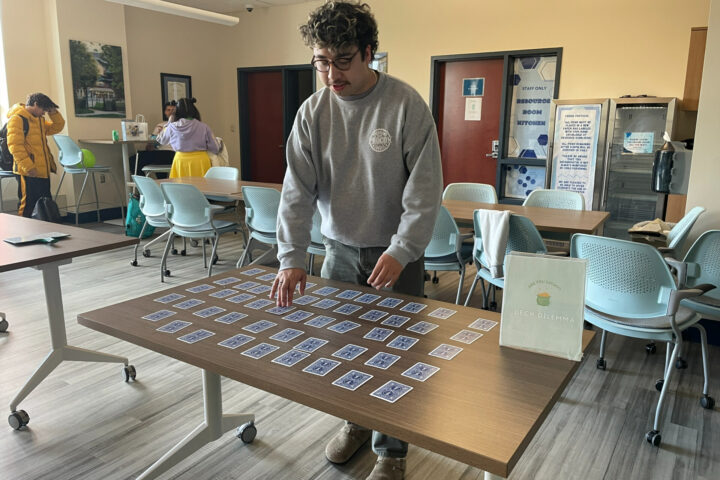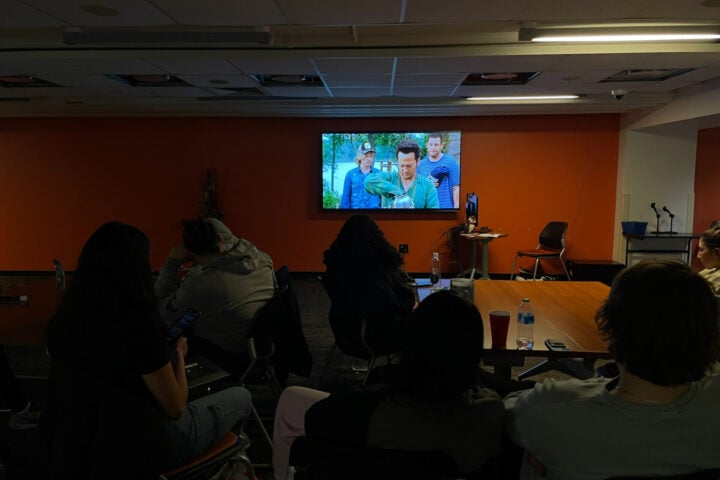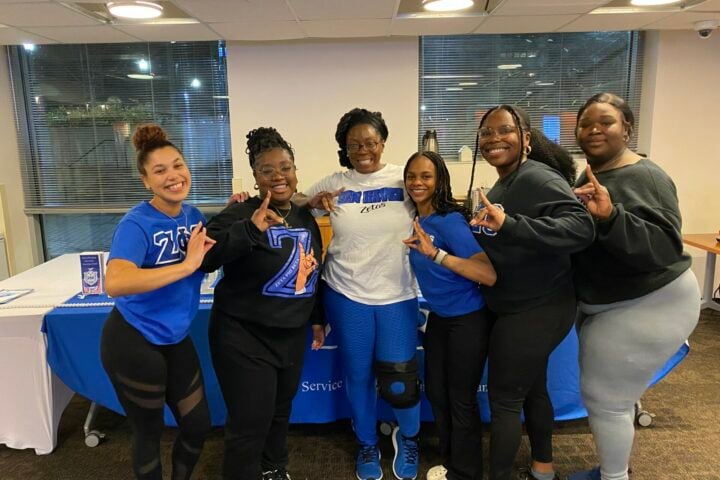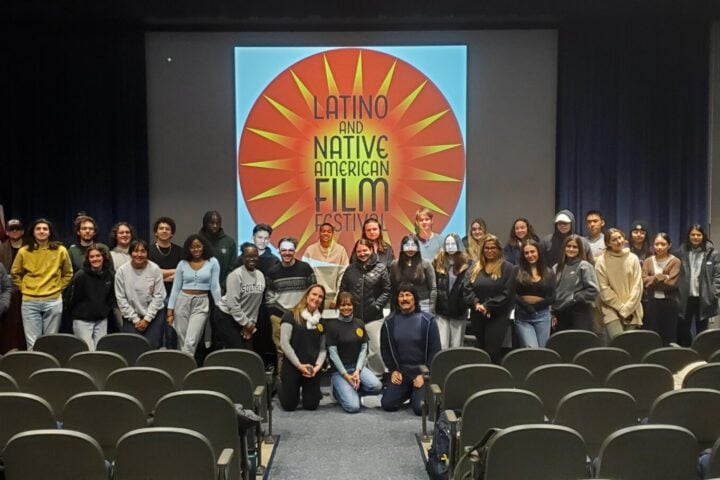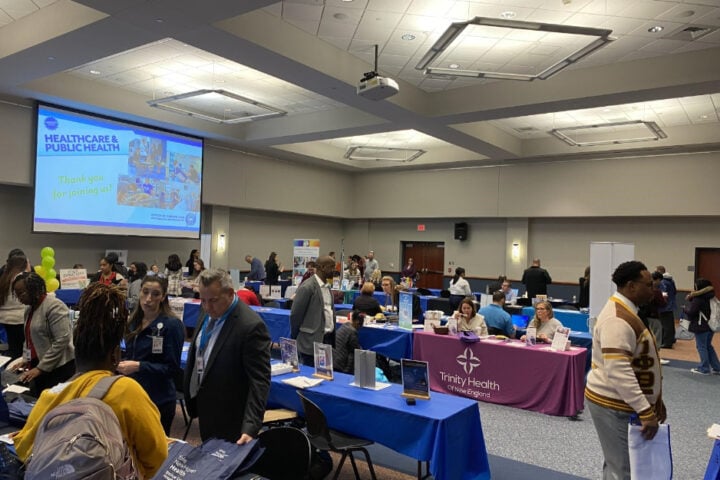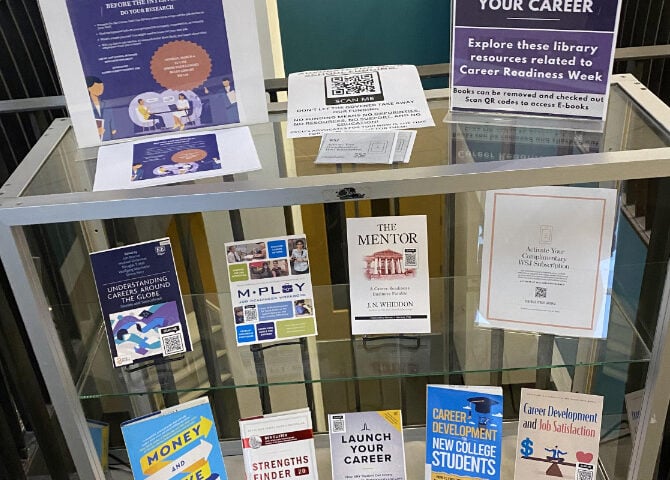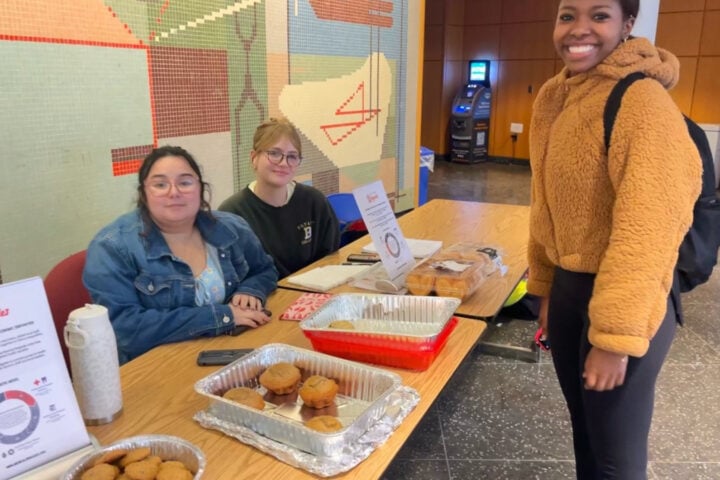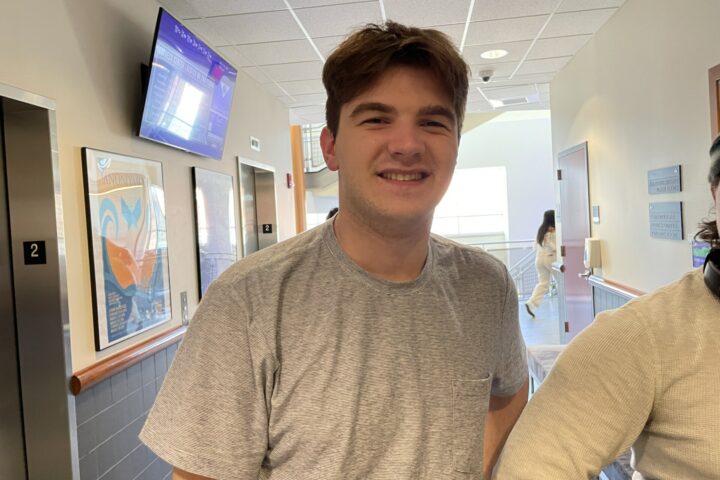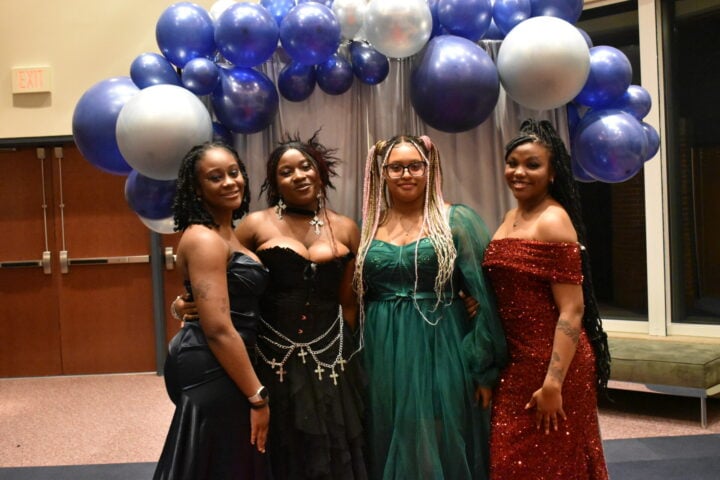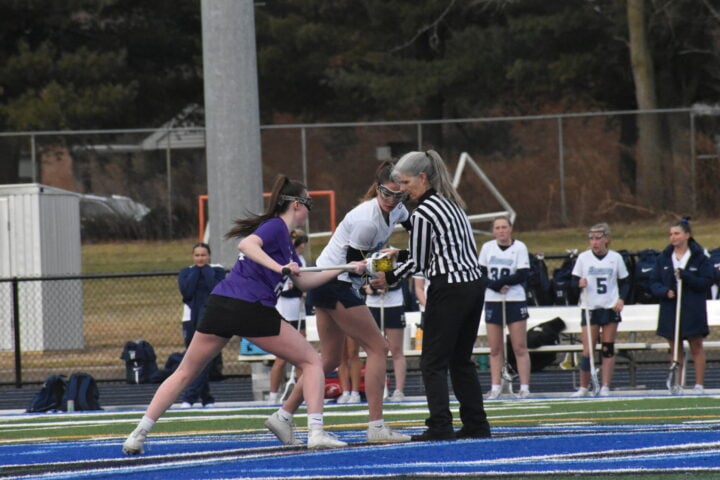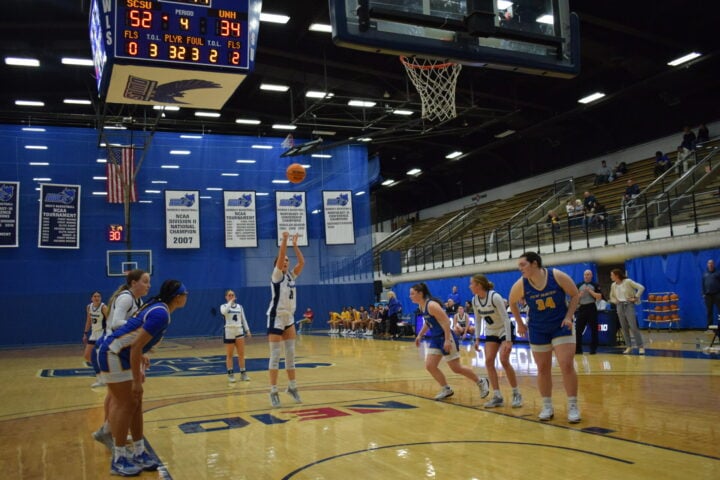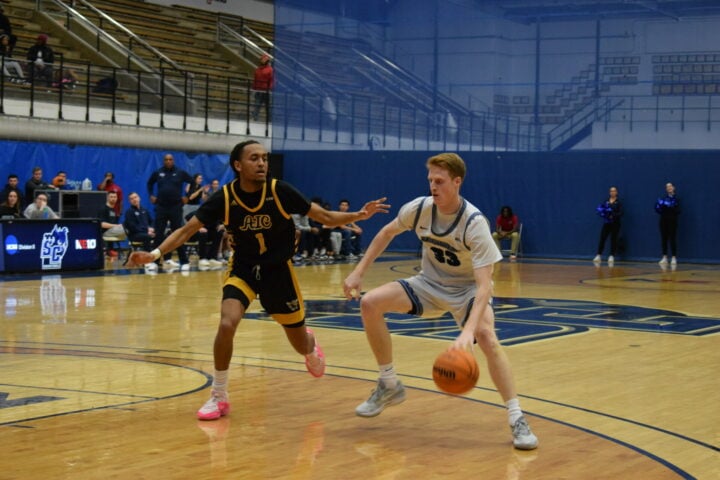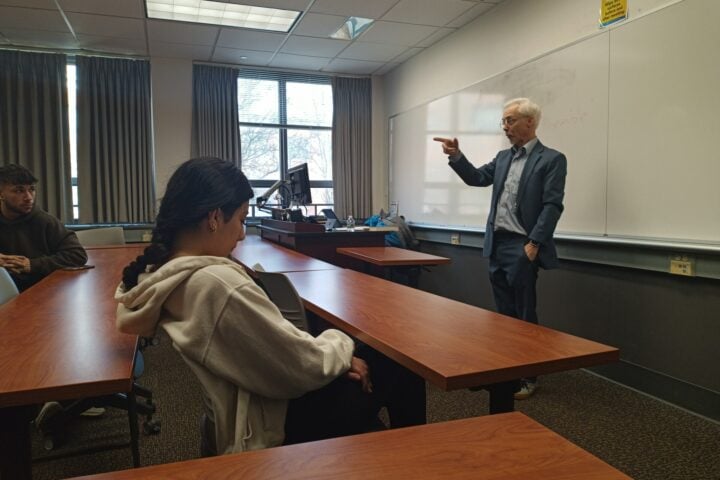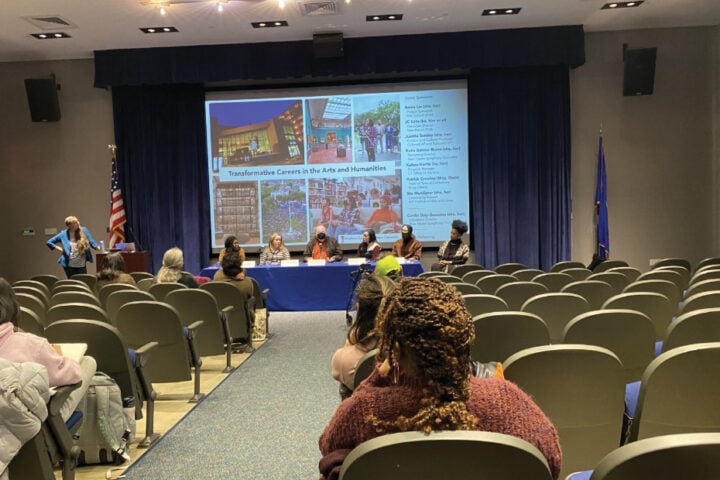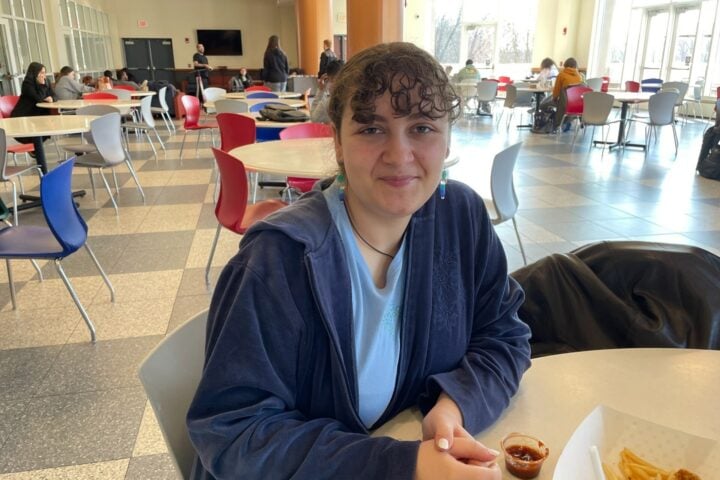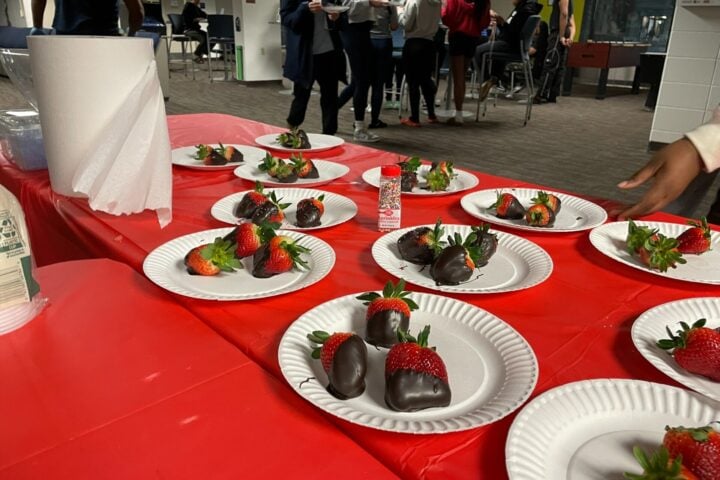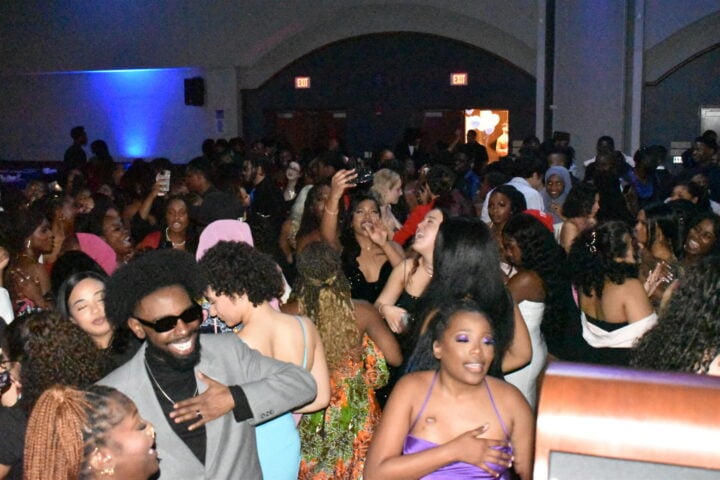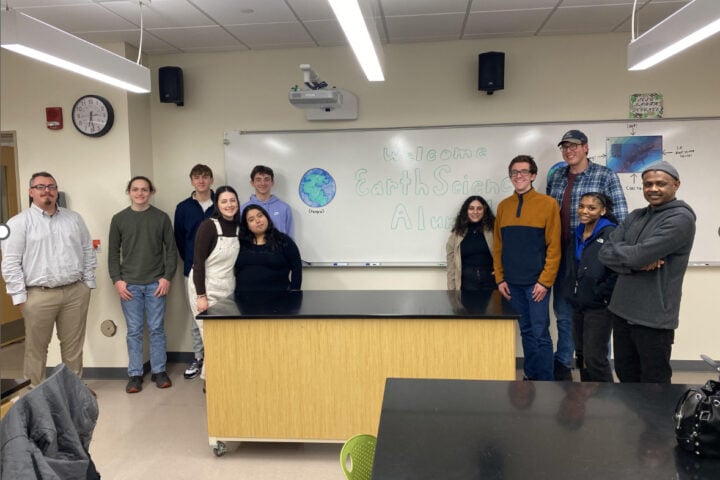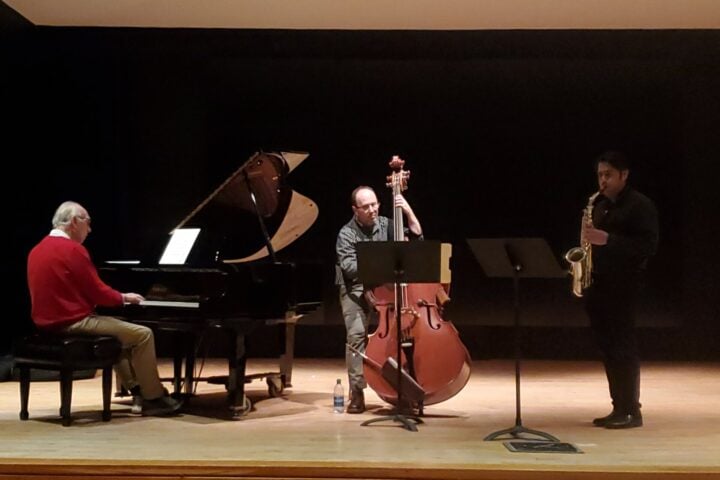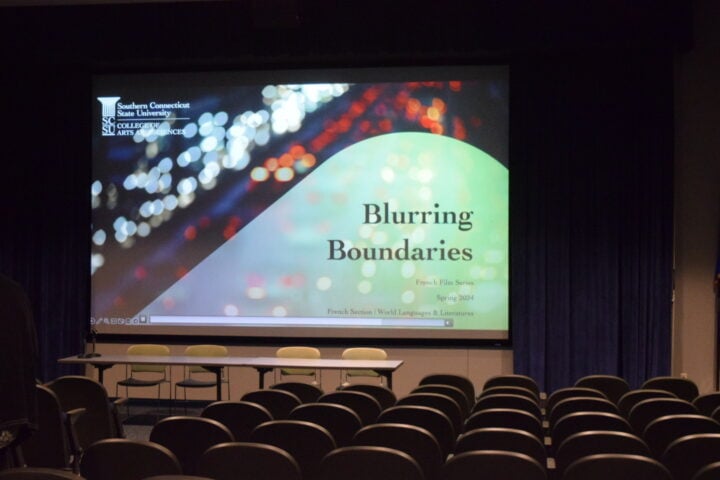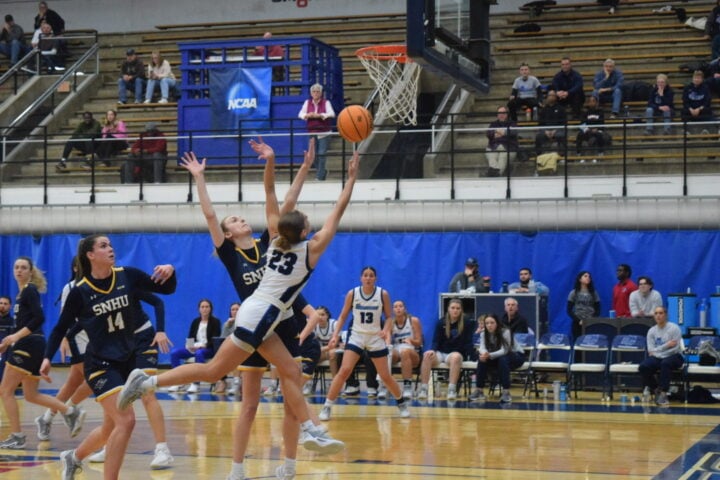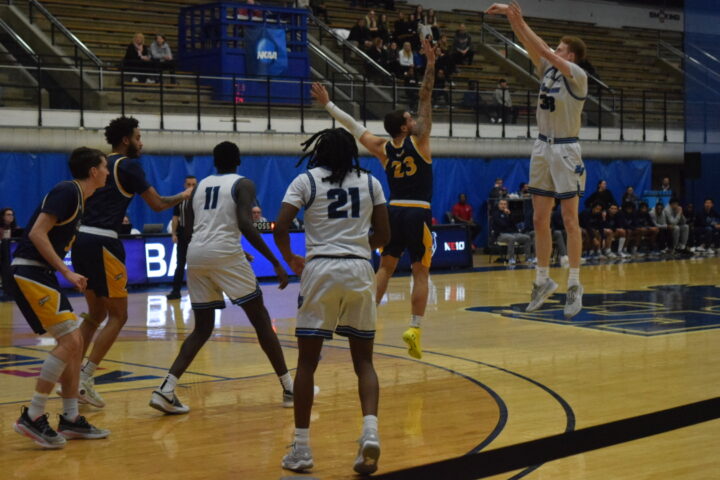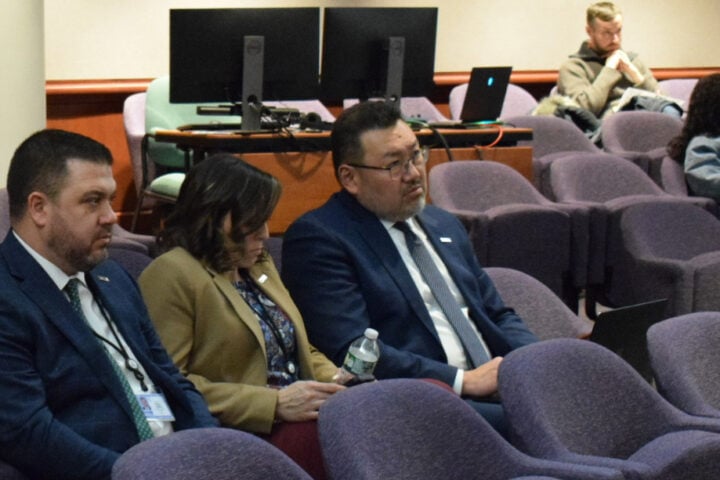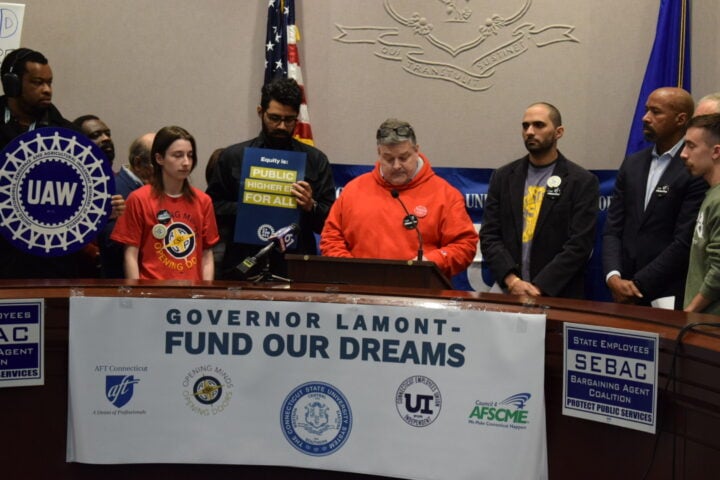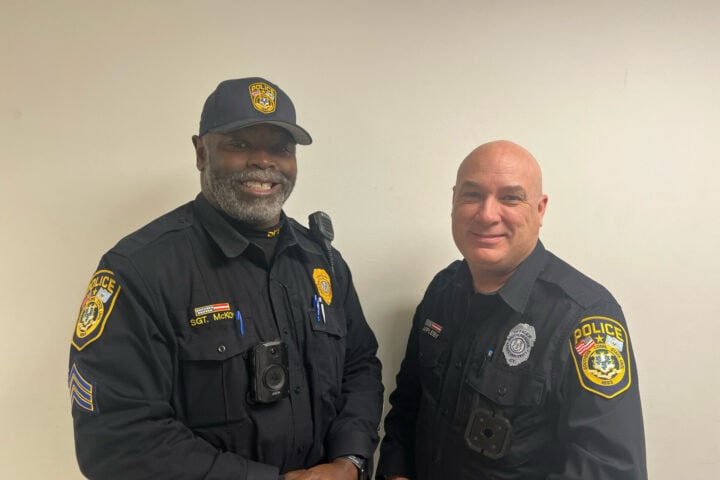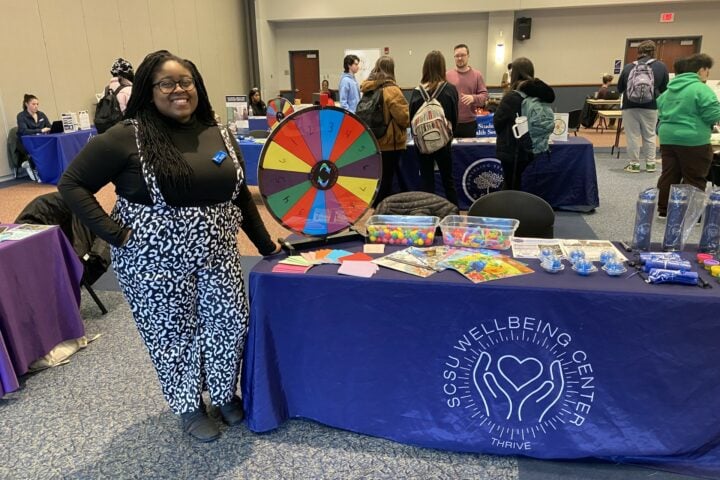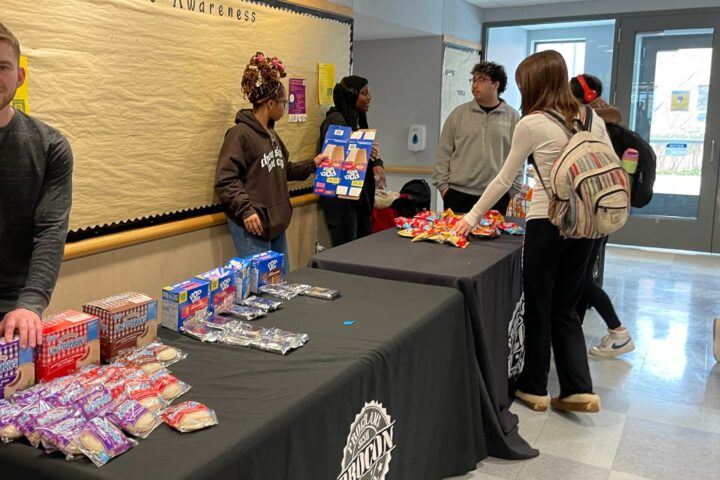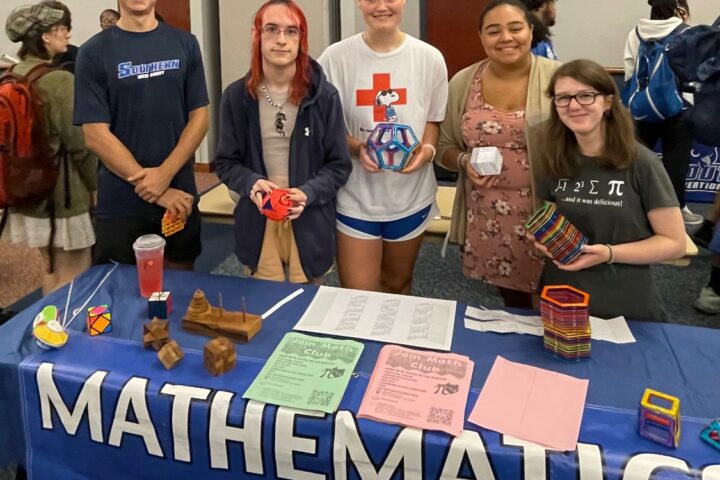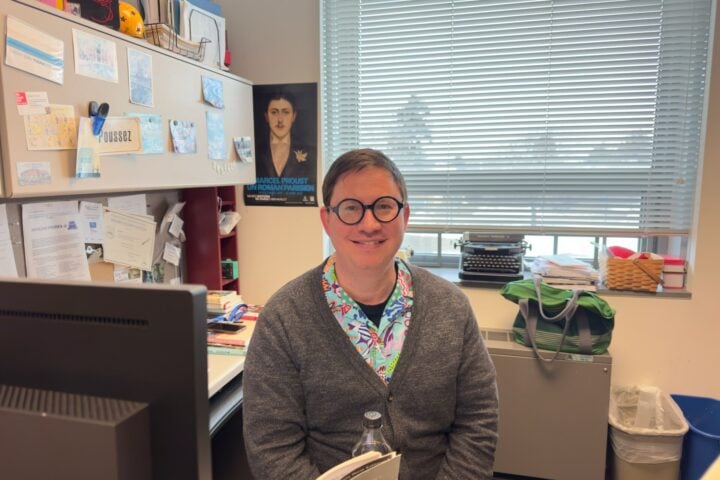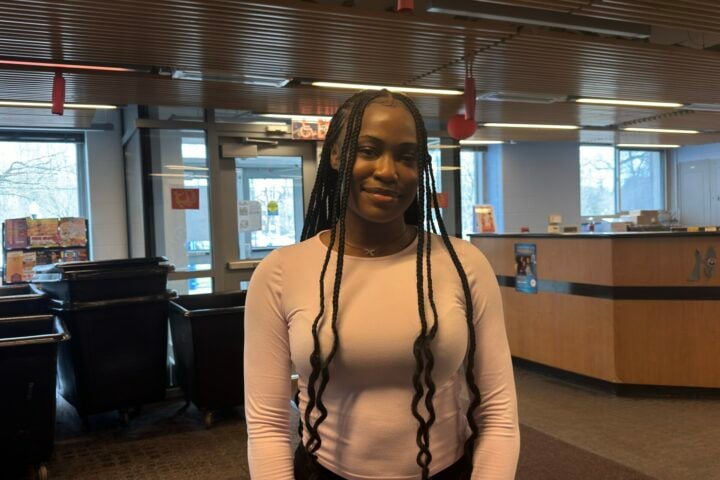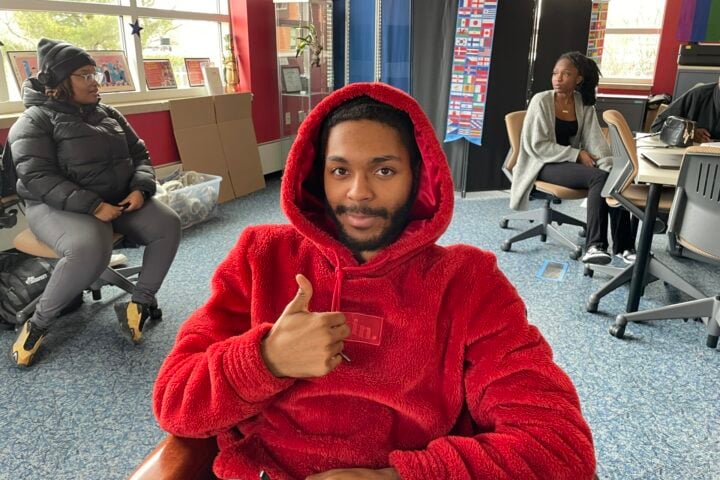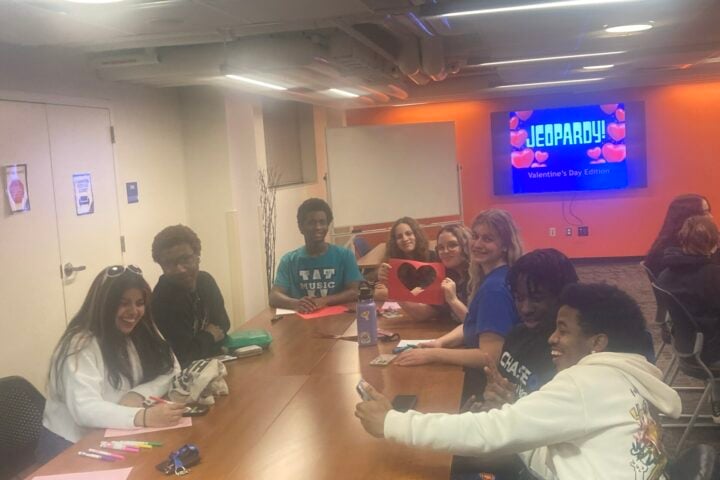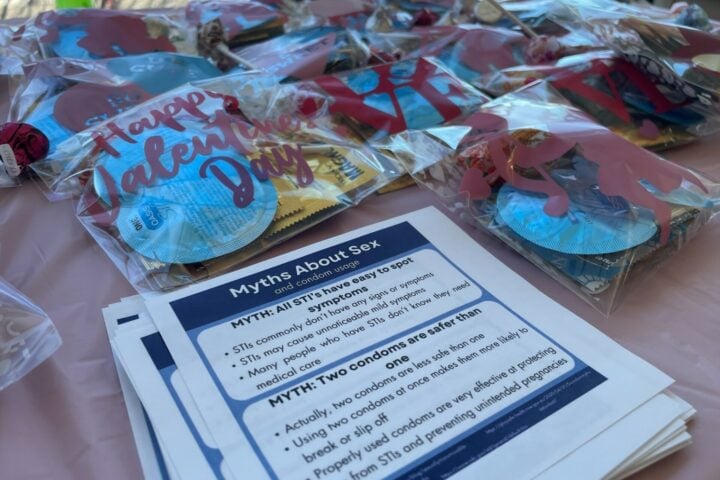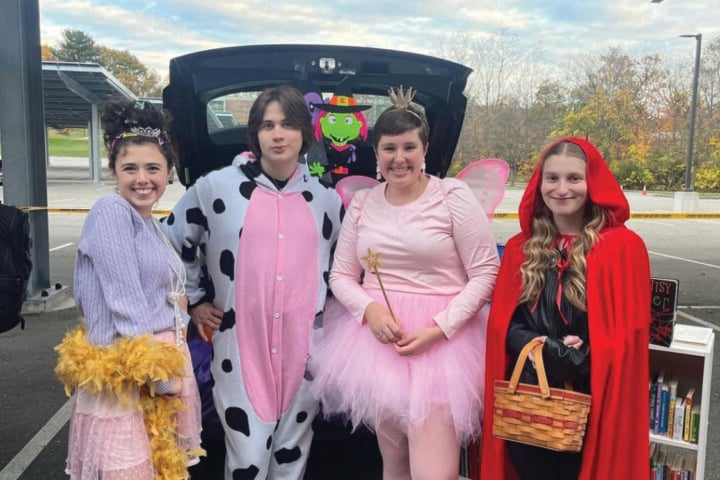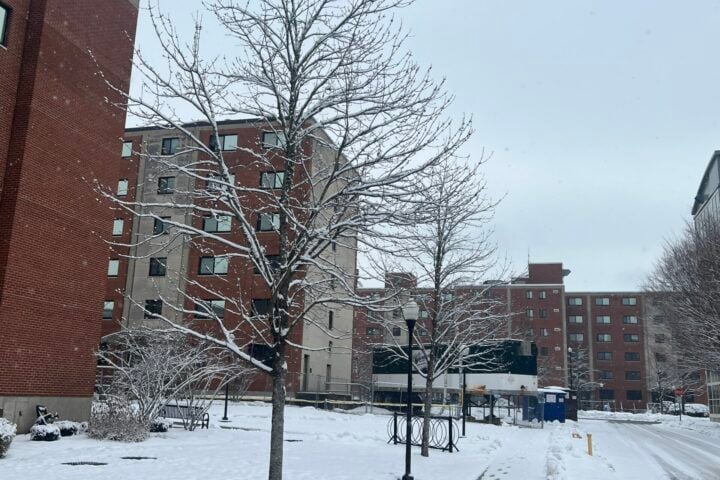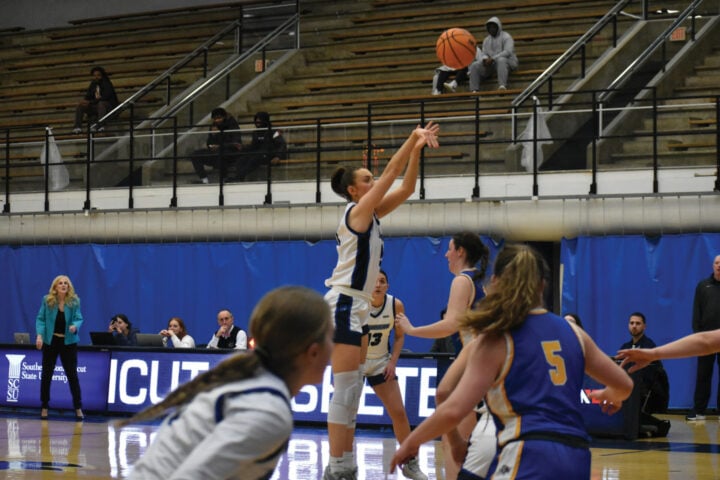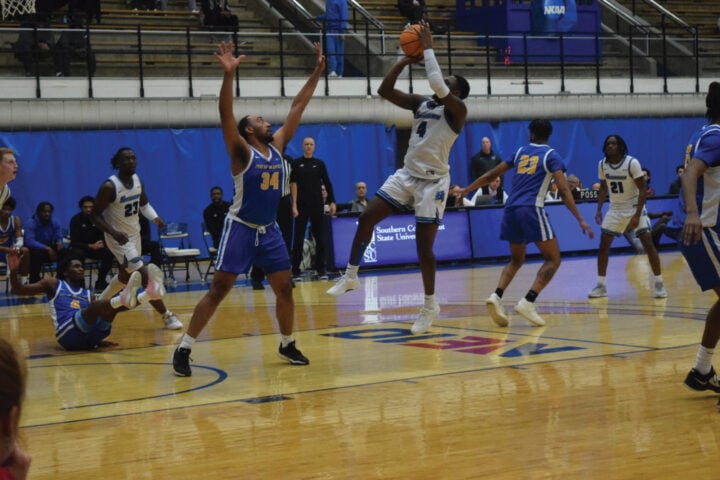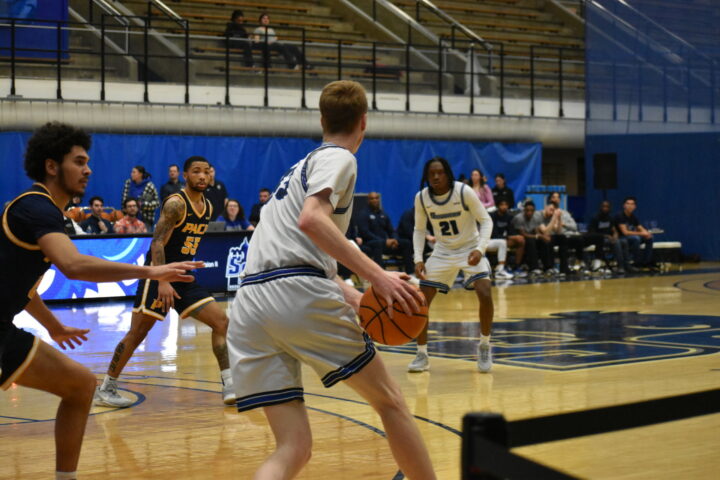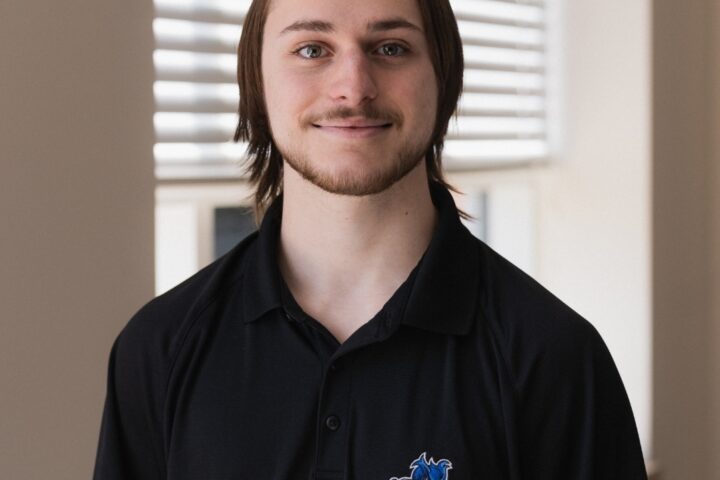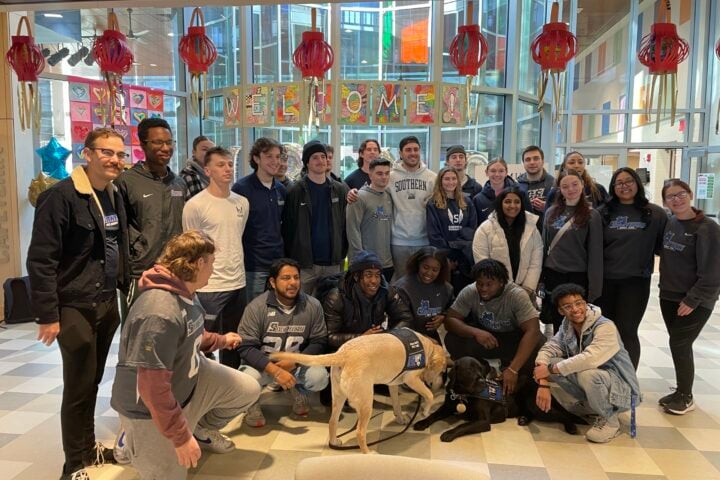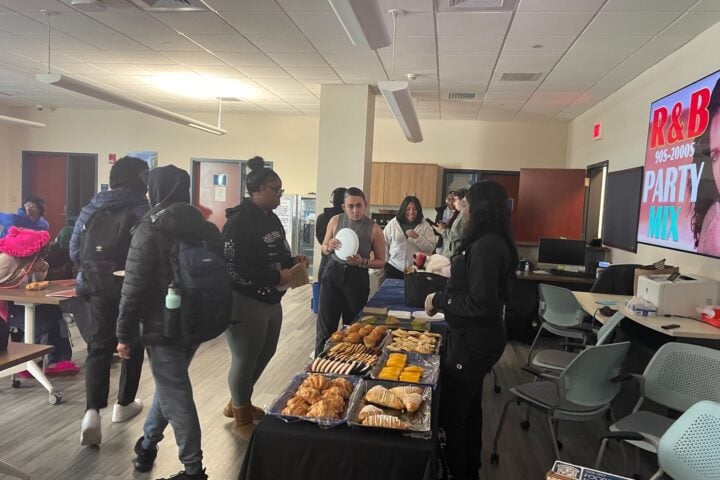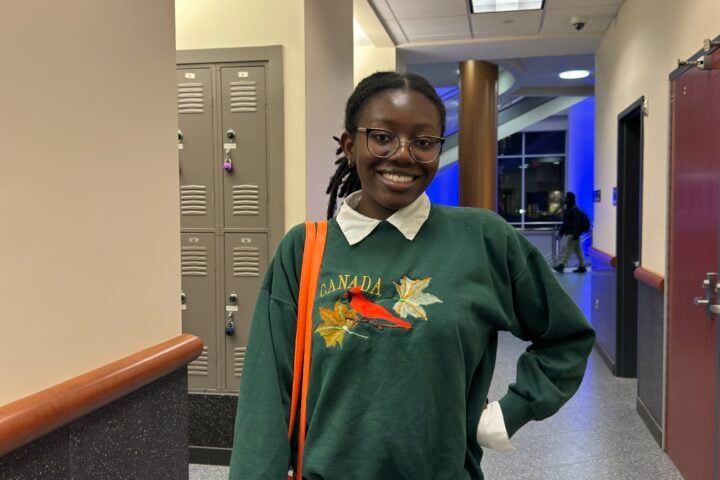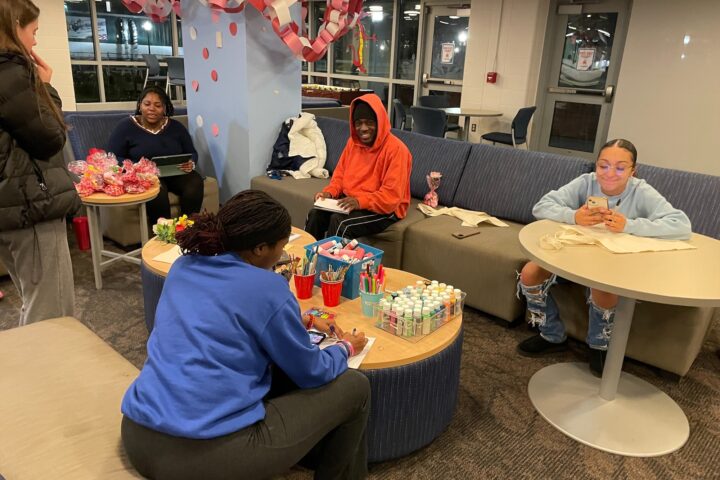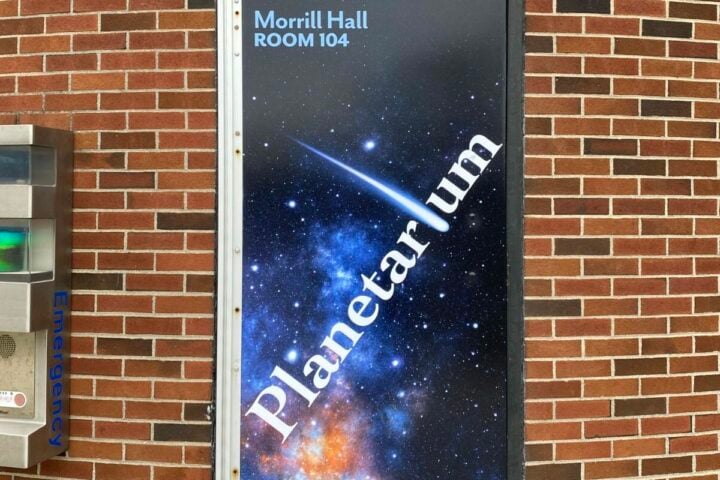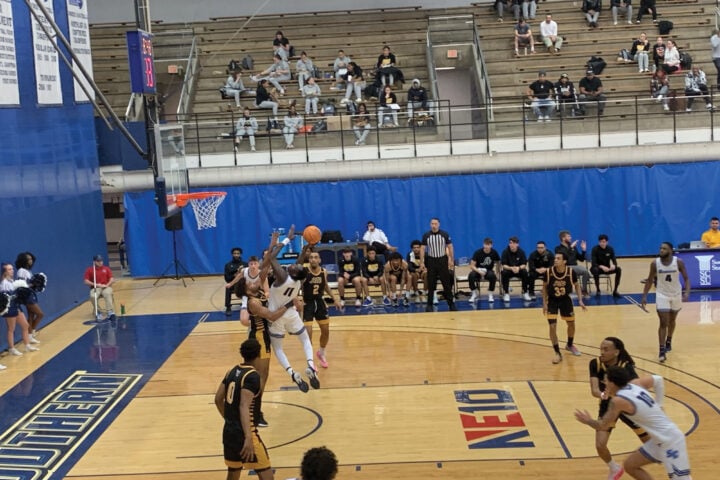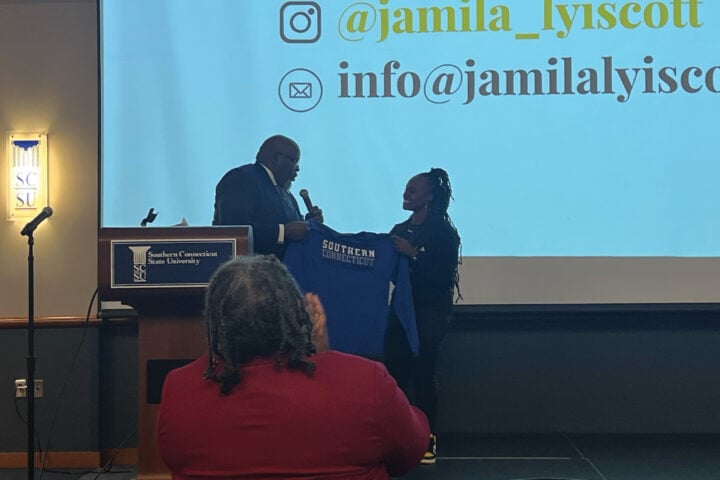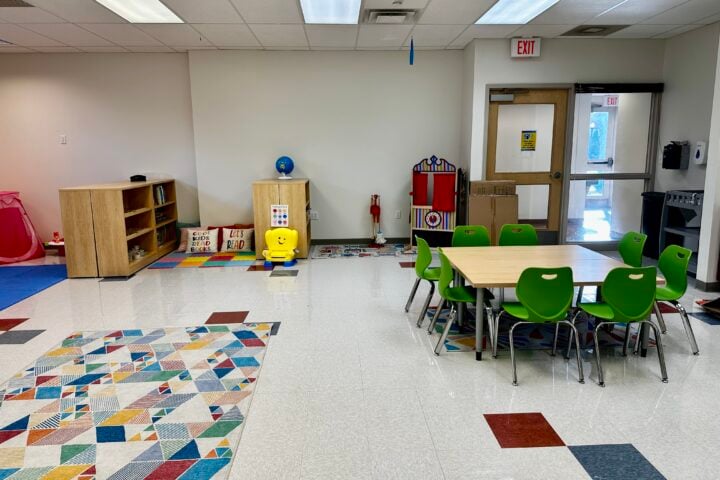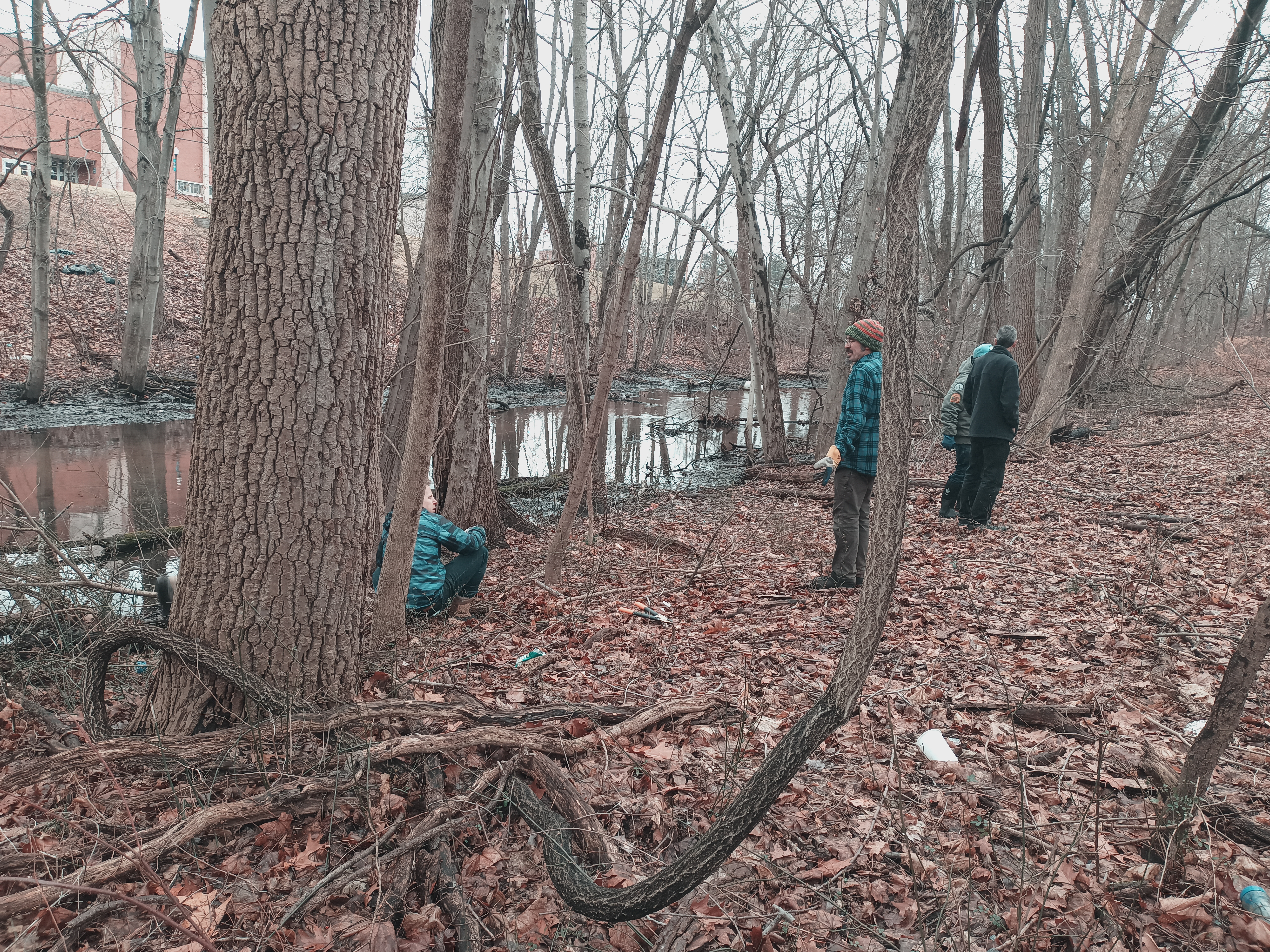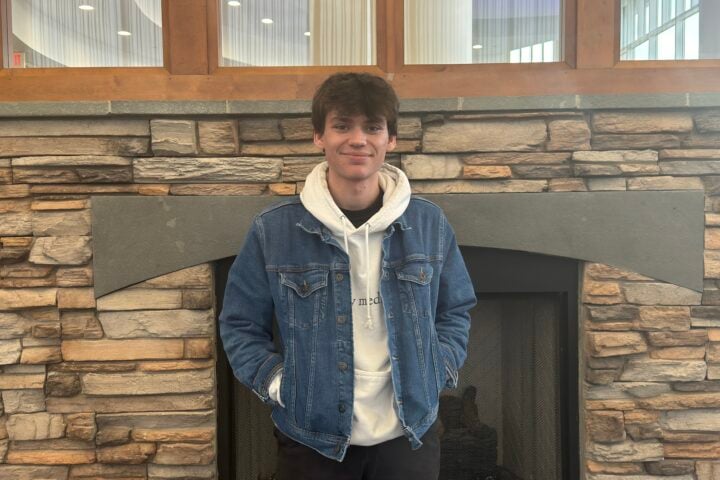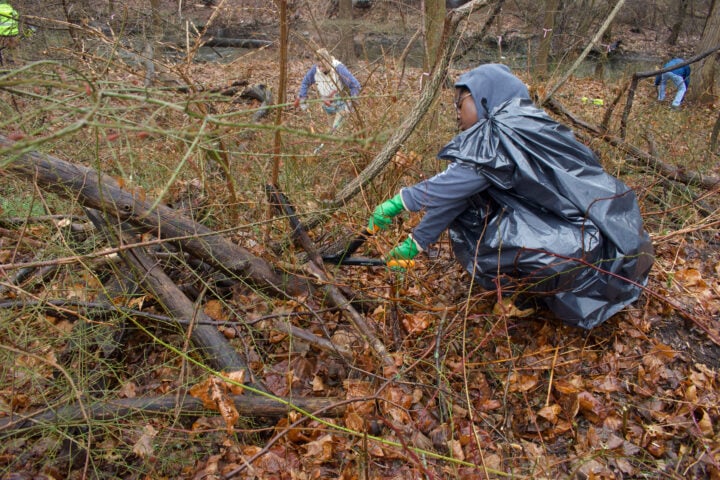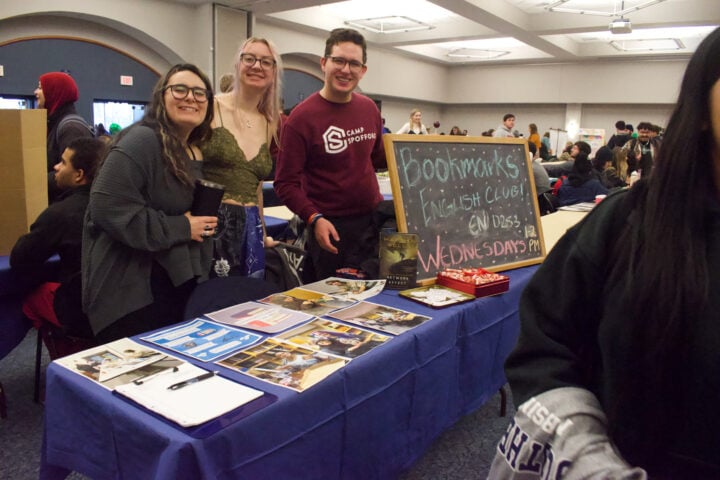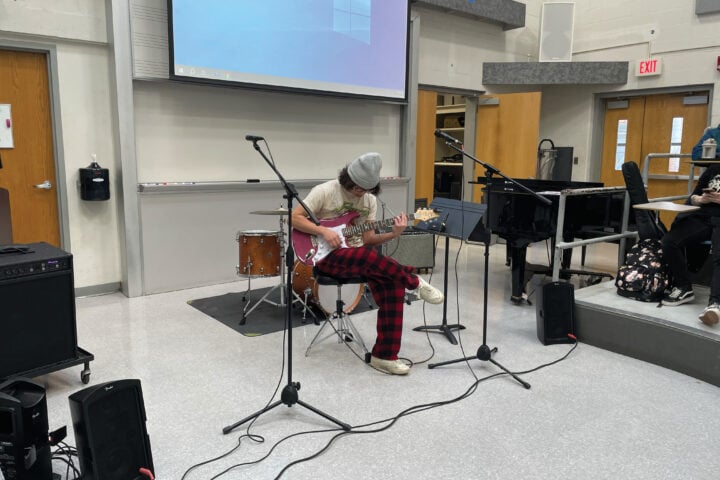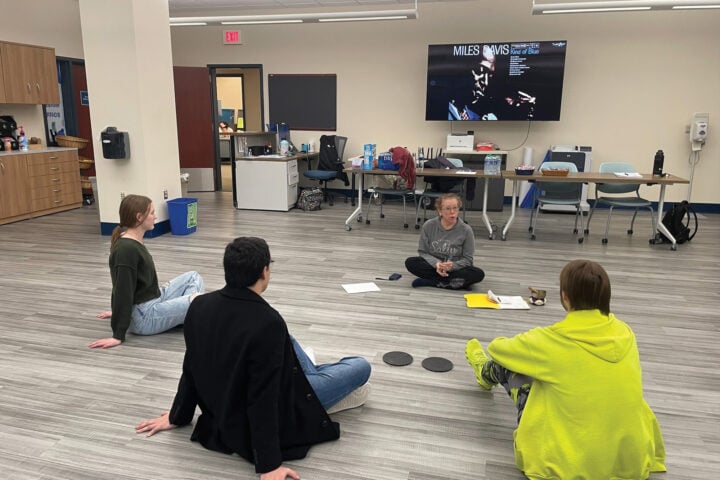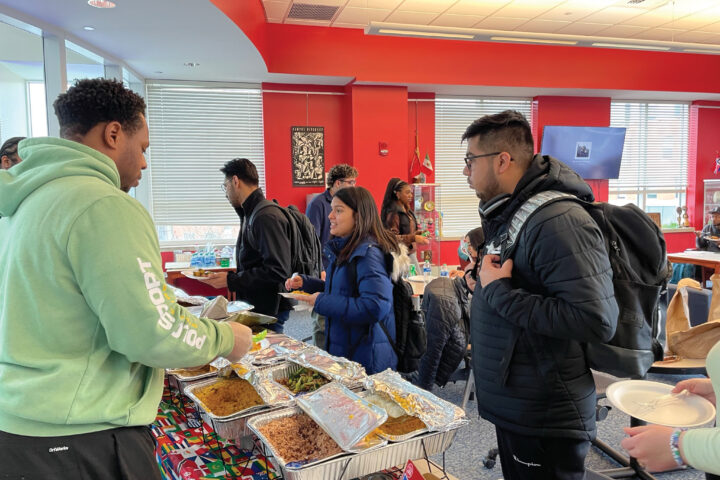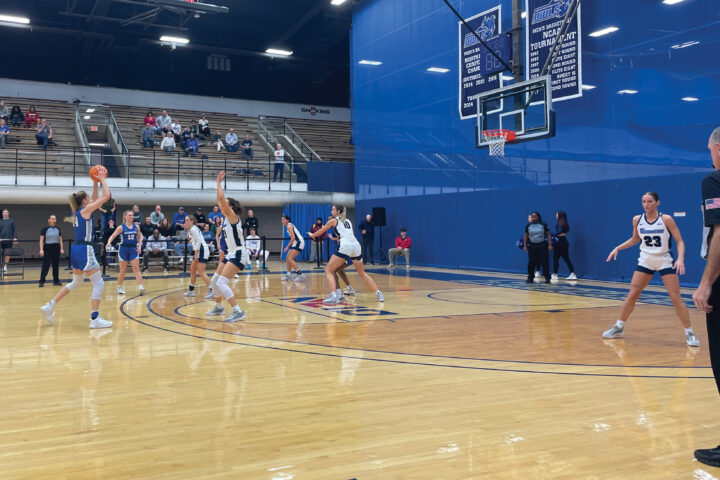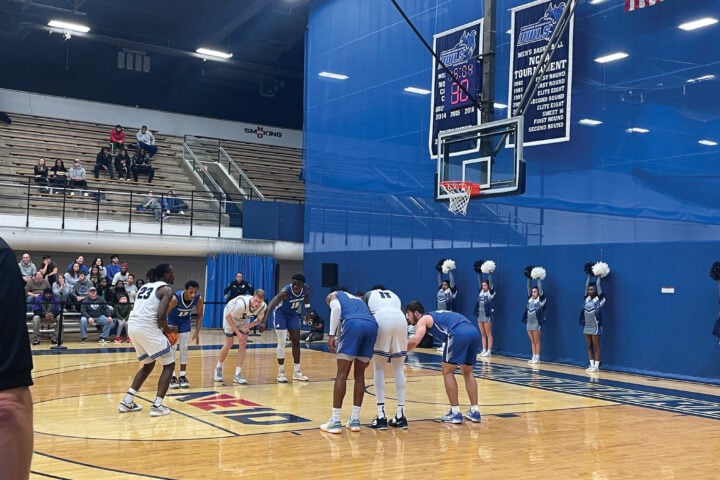Anisa Jibrell – News Writer
Successful learning is not contingent upon how effectively a student connects with a professor on a personal level. Though it does help improve the educational experience, according to research done by Bonnie Farley-Lucas, director of Communications and professor of communication who holds a long interest in digging up ways to improve faculty and student communication.
“We know that students have better attendance in class, they’re more motivated in class,” said Farley-Lucas. “And they have a better educational experience when they connect with the professor. The class is going to be a lot more positive and happy if we connect.”
On Sept. 16, Farley-Lucas was welcoming short, walk-in consultations with faculty and students to advise them on to improve communication both from inside and outside the classroom.
Farley-Lucas said the shared concept from her research was that overall students have a better educational experience when a professor is passionate about his or her topic, knowledgeable about the topic, and recognizes the student personally.
“When it comes to learning at the very end of class, what they take away is not only were the engaged in the topic but that they feel like they changed personally,” said Farley-Lucas, “and if that happens then, wow. That’s huge.”
James Hunt, sophomore English major said that he dislikes it when professors regurgitate information and lack a sense of charisma.
“Charisma makes a difference,” said Hunt. “Some professors have been teaching their subjects for a long time so they can get kind of numb to what they’re teaching.”
Hunt said he likes it when professors are more engaging by asking questions and are more conversational. He said he also appreciates it when professors try to connect with their students and treat them as equals.
“I’ve had so many teachers who don’t even bother trying to communicate with you,” said Christina Mendes, senior public health major. “Specifically math teachers. Public health professors try to communicate with you but you kind of have to put yourself out there.”
Mendes said some of the main causes of disconnection is embarrassing the student in front of the whole class and not being understanding.
“Knowing your students, understanding that we all have busy schedules and we have work,” said Mendes. “Don’t expect everyone to be at the same place. Judge by each student.”
She said she would be less likely to participate if a teacher embarrassed her in class because she wouldn’t want to give the professor any more reason to pass judgment or label her.
For faculty members who teach online courses, Farley-Lucas suggests using photographs or video and personalizing exchanges with students when possible. She advises students to be professional and straightforward with professors via email.
Farley-Lucas said finding a balance between professionalism and closeness can be tough. She said every professor is different but for her personally, she tries to create equality in the classroom.
“It depends on what you’re teaching. I teach interpersonal communication so for me, I try to create equality with my students and I want them to understand what it means to create closeness, so use my first name. In other disciplines, that would be frowned upon because it’s all about respect and difference and professionalism. For me it’s about creating professionalism yet closeness,” said Farley-Lucas.
“Bring your stories into class,” said Mendes. “Share a part of your life.”
Photo Credit: Anisa Jibrell – News Writer























